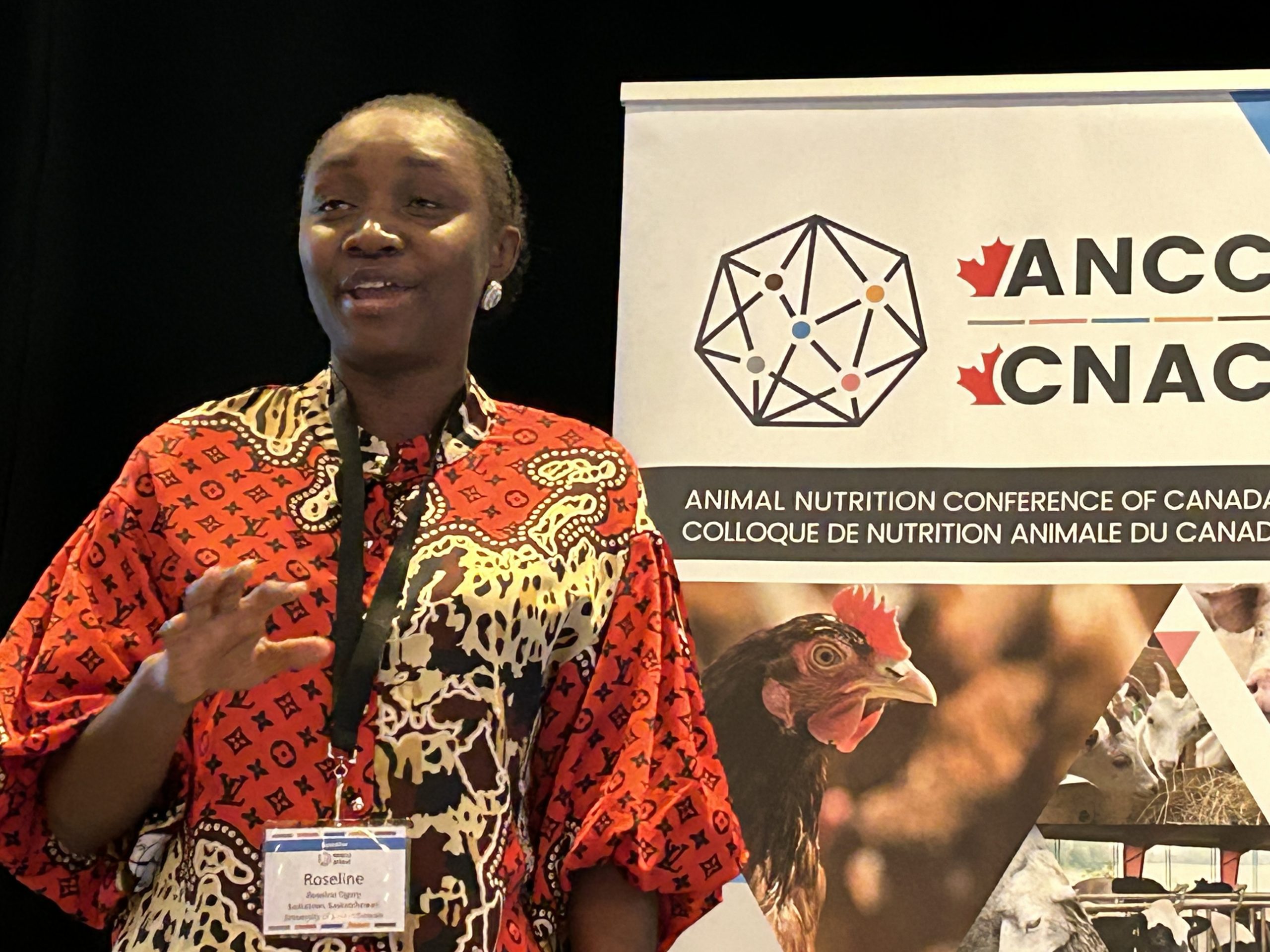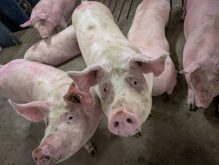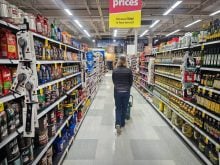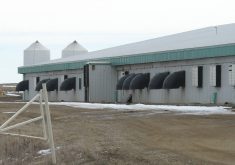Emily Burton of Nottingham Trent University in the UK discussed “responsible innovation” in an era in which nutritionists are facing expectations that their work can lead to major improvements in greenhouse gas and other emissions from livestock. “The pressure on us . . . is enormous,” she said.
Burton urged fellow nutritionists to engage with the public about agriculture and to explain improvements and positive developments in animal agriculture, which the public doesn’t often get to hear about because many nutritionists aren’t used to undertaking that role. “We need to be multi-lingual now,” she said, referring to the different types of conversations people now have about agriculture, from environmental impact to economic affect to animal health. “This is a new language that we need to get comfortable with.”
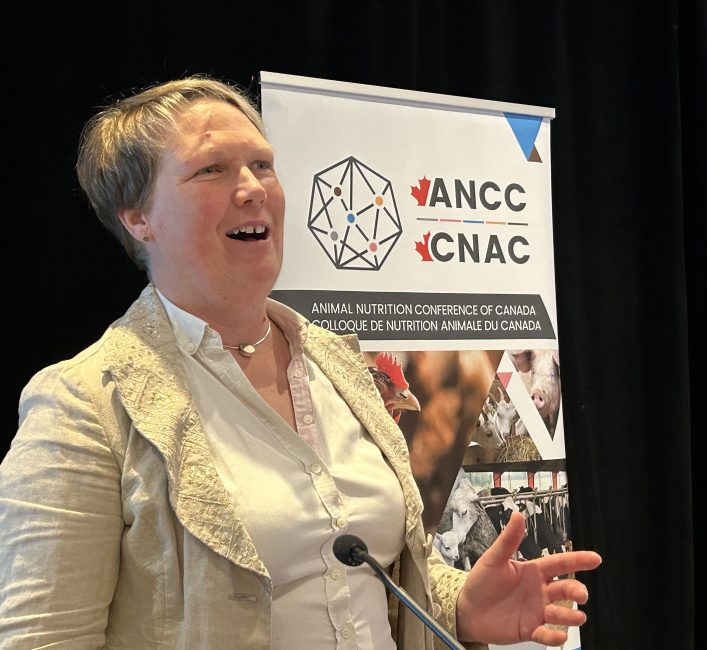
Is a chicken just a pig with wings? That semi-serious question was posed by Jaap van Milgen of the French National Research Institute for Agriculture, Food and the Environment. Pigs and chickens share most of their DNA, are monogastrics and share many dietary needs and concerns. Chicken and swine researchers can probably learn a lot from science in the other livestock’s territory, he suggested.
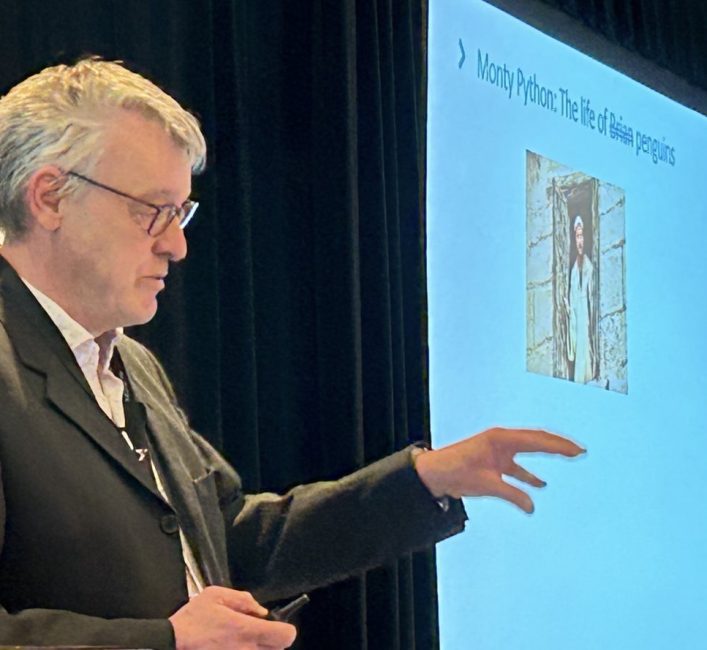
Have you heard of Ahliflower? I hadn’t either, until a presentation by University of Saskatchewan researcher and graduate student Roseline Ogory, who discussed her research into the plant’s ability to provide Omega 3 content into eggs through inclusion in feed rations, in some ways appearing to be better than the flax that is used by many O3-boosted egg producers. This conference has many grad students in attendance and Ogory’s research was recognized with an award today.
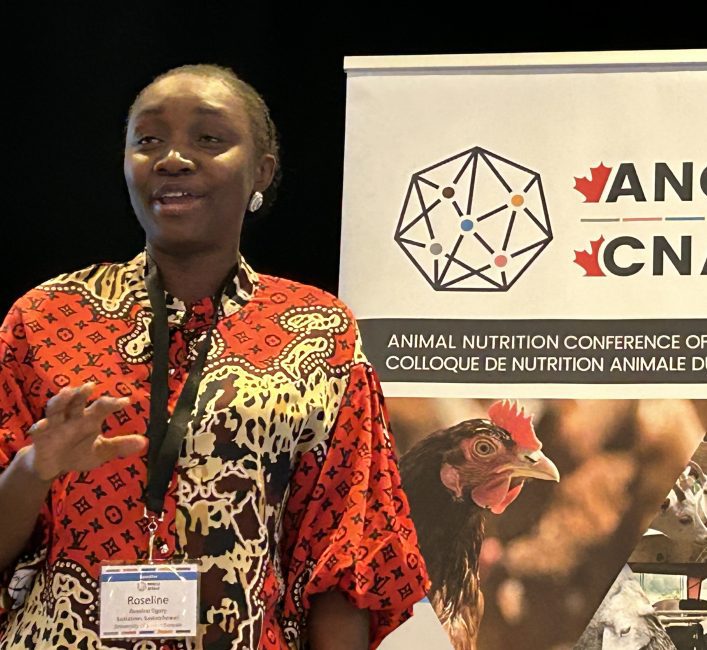
If you don’t know much about livestock feed research, you might think not much changes with the grains, additives and mixes that companies use in formulating feed. A glance at the program of the Animal Nutrition Association of Canada’s annual conference would blow that lazy assumption out of the water.
Feed is the biggest cost for livestock feeders, is arguably the most important factor in determining whether animals will be healthy or sick, good gainers or slow growers, and it is the focus of thousands of researchers across the planet trying to make animals grow better, be healthier, cost less to finish, and have less negative affects on the environment – all at the same time.
This conference, which began today in Winnipeg, had a pre-conference session that focused on improving the environmental sustainability of livestock production by improving the performance of cattle and pigs on feed, and in reducing the amount of minerals that plop out of the back ends of the beasts. Environmental sustainability and the concept of the environmental footprint have become significant concerns within the livestock feed research community, as you can hear in this interview with Kathleen Crispi, the director of innovation at Trouw Nutrition.
Terry Engle of Colorado State University and Gavin Boerboom of Selko in the video above talk about the crucial role of trace minerals in livestock health and growth, and also the problems they can create when too little is absorbed by the animal and ends up in the soil. Improving utilization of trace minerals will be key to both improving livestock production and improving environmental sustainability.
Read Also

High prices see cow-calf producers rushing to incorporate
Farm accountants are reporting a steady stream of cow-calf producers rushing to get their operations incorporated ahead of selling their calves this fall.


